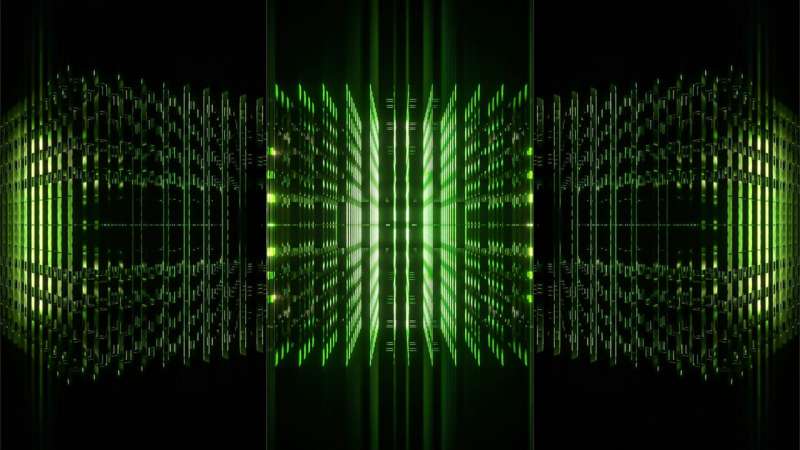A quantum computer has achieved a significant milestone by successfully measuring pairing correlations essential for the quest to discover room-temperature superconductors. This breakthrough, reported on November 6, 2025, by physicist Paul Arnold, indicates a promising new avenue for researchers aiming to unlock the potential of superconductors—materials capable of conducting electricity without resistance.
Superconductors typically require extreme cooling to operate, making them costly and impractical for widespread applications. Scientists have long sought to manipulate the structure of these materials to function at room temperature. Progress in this area hinges on understanding and controlling electron-pairing correlations, which the latest quantum computing advancements are beginning to illuminate.
The Fermi-Hubbard Model and Quantum Computing’s Role
For years, research into superconductivity faced significant challenges due to the complexities of electron behavior in these materials. The Fermi-Hubbard model has been instrumental in predicting how electrons interact within potential superconductors. However, as the number of particles increases, traditional supercomputers struggle to compute outcomes effectively.
Researchers at the quantum computing firm Quantinuum have turned this challenge on its head. Utilizing the new Helios-1 quantum computer, they successfully simulated intricate interactions among electrons without relying on classical calculations. This approach leverages trapped atoms, or ions, as qubits, allowing for more nuanced and flexible calculations than traditional binary bits.
The Helios-1’s capabilities enabled the researchers to make precise measurements of quantum signals indicative of electron pairing. This achievement marks a pioneering step in using quantum computers to explore the dynamics of superconductivity.
Groundbreaking Results and Future Challenges
In a series of three experiments, including tests on novel nickel-based superconductors, Helios-1 demonstrated its potential as a powerful tool in the ongoing search for room-temperature superconductivity. The team behind the research noted, “These results show that a quantum computer can reliably create and probe physically relevant states with superconducting pairing correlations, opening a path to the exploration of superconductivity with quantum computers.” This statement reflects optimism about the future applications of quantum computing in this field.
Despite this progress, challenges remain before quantum computing can become a routine tool for superconductivity research. Issues such as noise accumulation—the interference from external environmental factors like electromagnetic fields—can cause qubits to malfunction. Additionally, scaling up the number of qubits to accurately simulate larger, real-world materials is crucial for making substantial advancements.
The findings, published on the arXiv preprint server, represent a significant leap in the intersection of quantum computing and materials science. As researchers continue to navigate these hurdles, the prospect of room-temperature superconductors may move closer to reality.
This article, edited by Gaby Clark and reviewed by Robert Egan, is a testament to the evolving landscape of scientific inquiry. Continued support for independent journalism is essential to keep such vital reporting alive.
